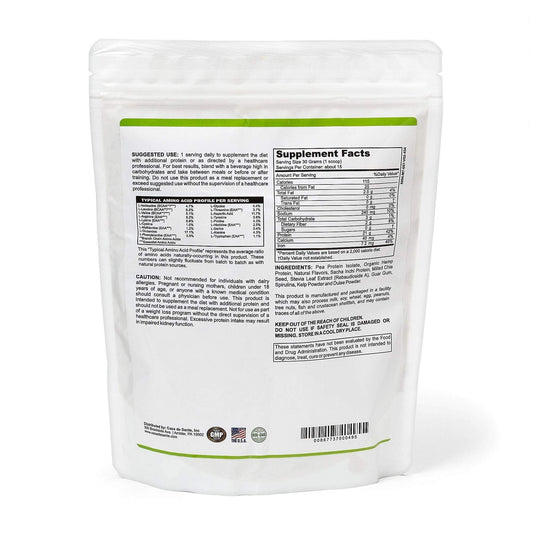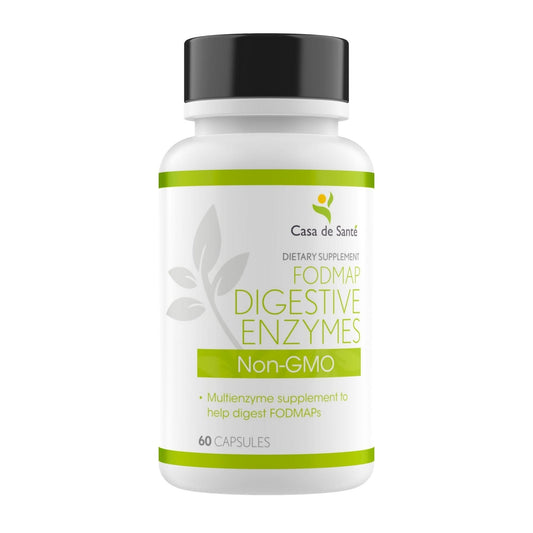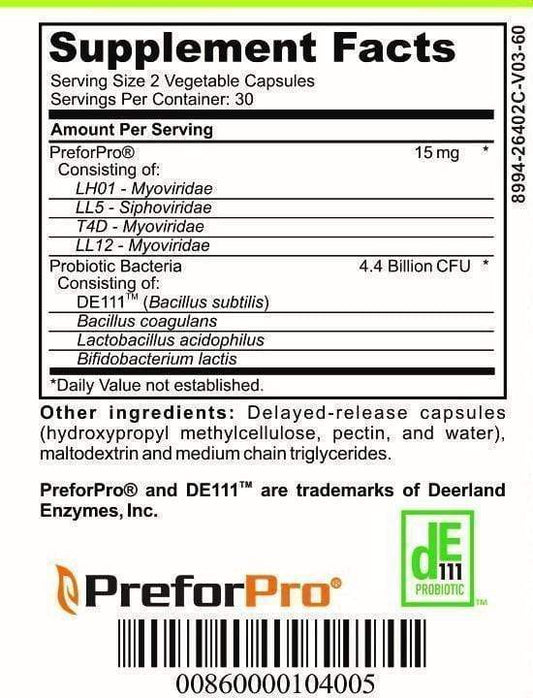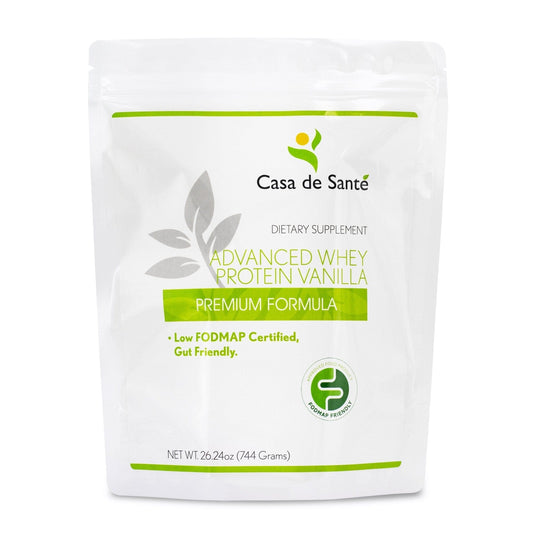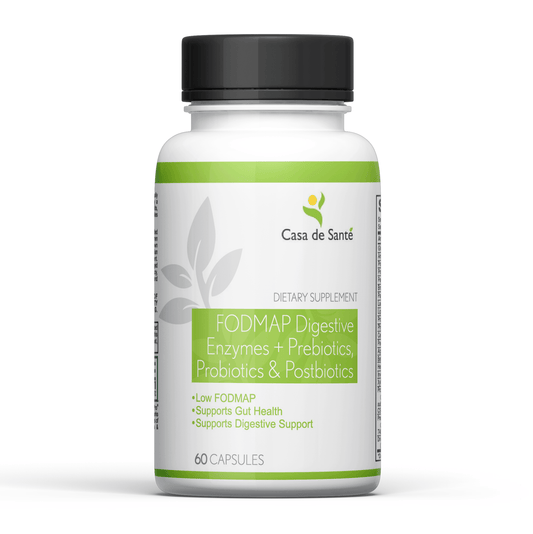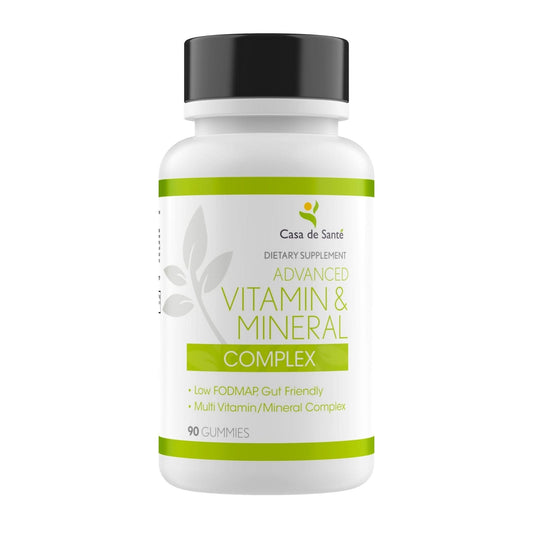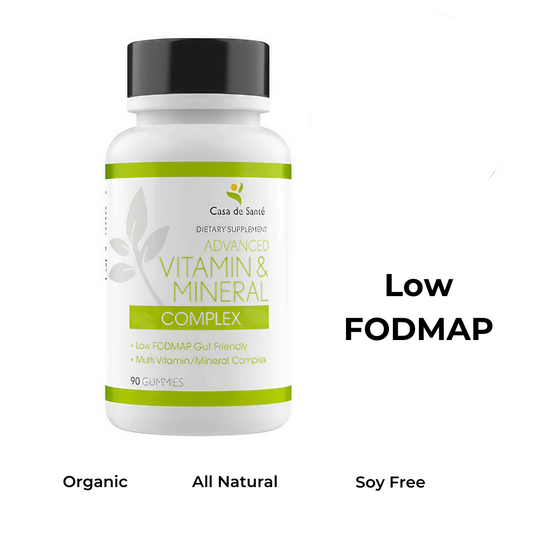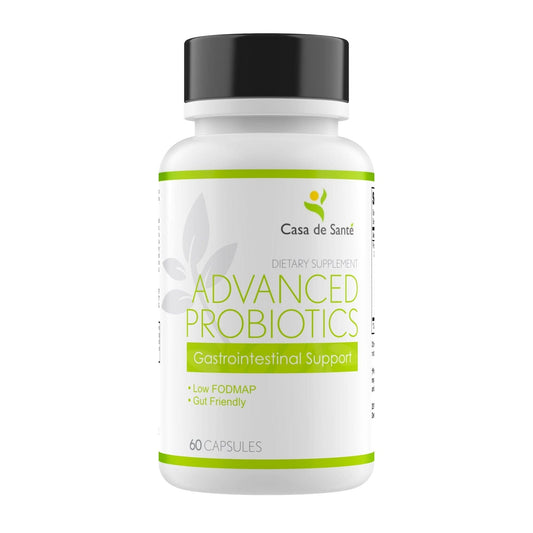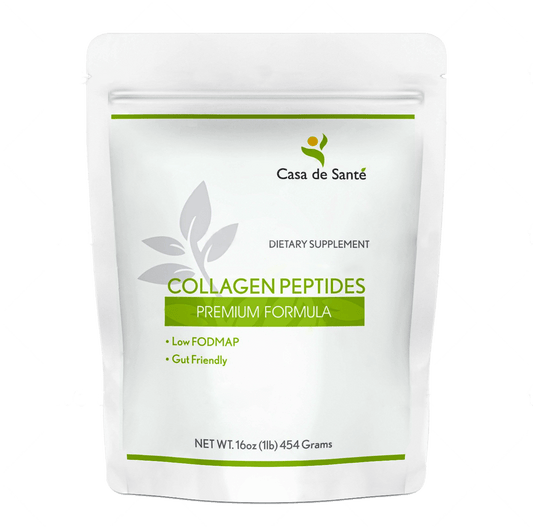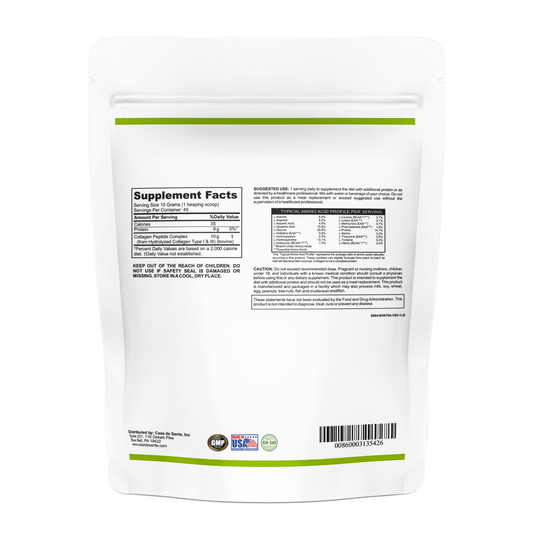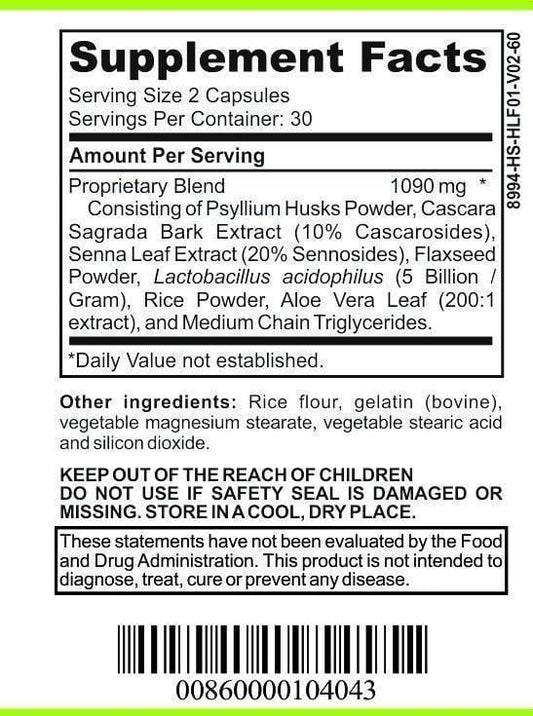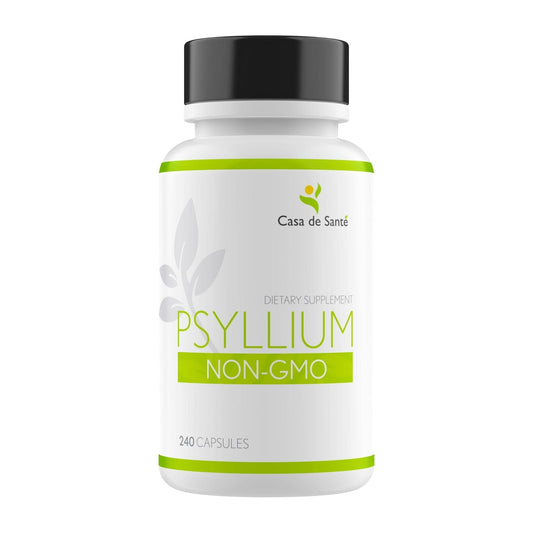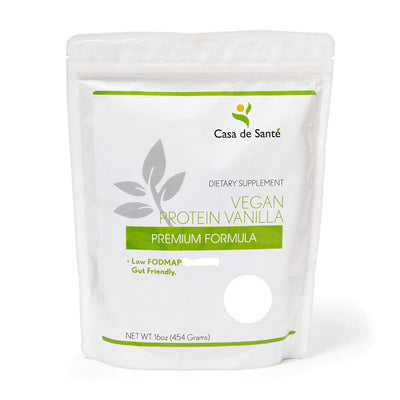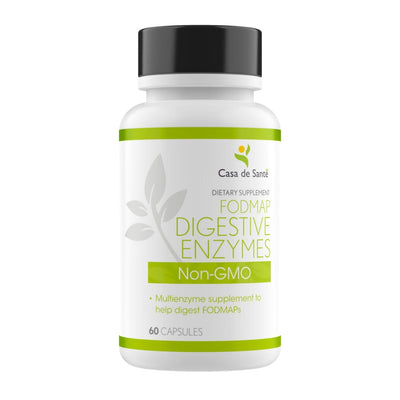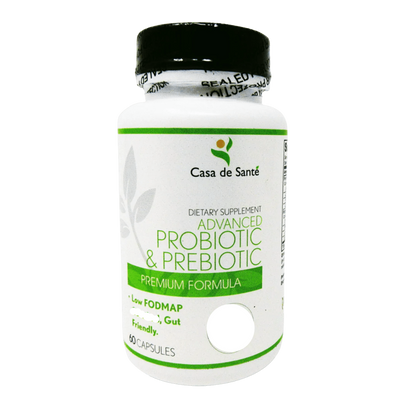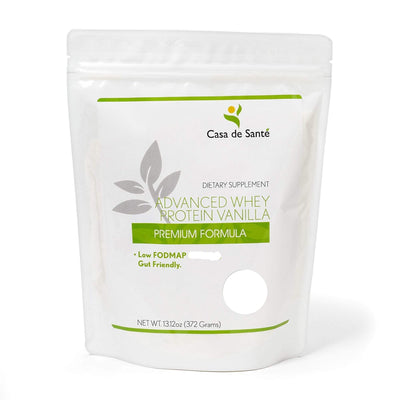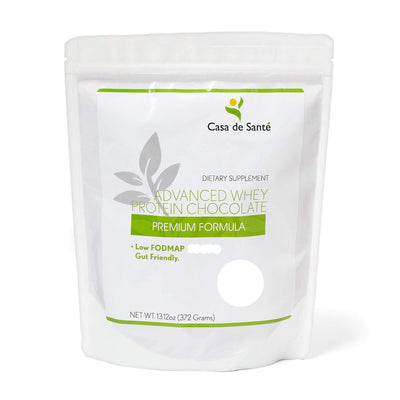Is Squash Low FODMAP
Is Squash Low FODMAP
Squash is a versatile vegetable that comes in various shapes, sizes, and flavors. It can be roasted, steamed, mashed, or used in soups and stews. But if you follow a low FODMAP diet, you may be wondering if squash is a safe option for you. In this article, we will explore the world of FODMAPs, delve into the low FODMAP diet, and specifically look at the FODMAP content of different types of squash.
Understanding FODMAPs
FODMAPs, which stands for Fermentable Oligosaccharides, Disaccharides, Monosaccharides, and Polyols, are a group of carbohydrates that can be poorly absorbed in the small intestine. When these carbohydrates reach the large intestine, they are fermented by gut bacteria, leading to symptoms such as bloating, gas, abdominal pain, and diarrhea in individuals with FODMAP sensitivity.
What are FODMAPs?
FODMAPs are found in a wide range of foods, including certain fruits, vegetables, grains, dairy products, and sweeteners. Some examples of high FODMAP foods include wheat, onions, garlic, apples, pears, and honey.
Let's take a closer look at the different types of FODMAPs:
1. Fermentable Oligosaccharides
Oligosaccharides are carbohydrates made up of a small number of sugar molecules bonded together. They include fructans and galacto-oligosaccharides (GOS). Fructans are found in foods such as wheat, rye, and onions, while GOS is present in legumes and certain vegetables.
When these oligosaccharides are not properly absorbed in the small intestine, they travel to the large intestine where they become a feast for the gut bacteria. The bacteria ferment these carbohydrates, producing gas and causing discomfort in individuals with FODMAP sensitivity.
2. Disaccharides
Disaccharides are carbohydrates composed of two sugar molecules. The main disaccharide in the FODMAP group is lactose, which is found in dairy products. Lactose intolerance is a common condition where individuals lack the enzyme lactase, which is needed to break down lactose. This leads to symptoms such as bloating, gas, and diarrhea.
3. Monosaccharides
Monosaccharides are single sugar molecules. The FODMAP monosaccharides that can cause issues are fructose and sorbitol. Fructose is naturally present in fruits, honey, and some vegetables. Sorbitol is a sugar alcohol found in certain fruits and artificial sweeteners.
Individuals with FODMAP sensitivity may have difficulty absorbing fructose and sorbitol, leading to digestive symptoms when consuming foods high in these monosaccharides.
4. Polyols
Polyols, also known as sugar alcohols, are carbohydrates that have a sweet taste but are not fully absorbed in the small intestine. Examples of polyols include mannitol, xylitol, and maltitol. These sugar alcohols are often used as sweeteners in sugar-free products.
When consumed in large amounts, polyols can have a laxative effect and cause digestive discomfort in individuals with FODMAP sensitivity.
Why are FODMAPs Important?
Identifying and reducing FODMAP intake can be beneficial for individuals with irritable bowel syndrome (IBS) or other gastrointestinal disorders. The low FODMAP diet is an evidence-based approach that helps alleviate symptoms and improve gut health.
By following a low FODMAP diet, individuals can gain control over their symptoms and improve their quality of life. The diet involves eliminating high FODMAP foods for a period of time and then gradually reintroducing them to identify specific triggers. This personalized approach allows individuals to create a diet that suits their unique needs and tolerances.
It's important to note that the low FODMAP diet should be undertaken with the guidance of a healthcare professional or a registered dietitian to ensure proper nutritional balance and to address individual concerns.
Understanding FODMAPs and their role in gastrointestinal health can empower individuals to make informed choices about their diet and manage their symptoms effectively.
The Low FODMAP Diet
The low FODMAP diet involves restricting high FODMAP foods for a specific period, typically around two to six weeks. This allows the gut to settle and symptoms to reduce. After this elimination phase, different FODMAP groups are gradually reintroduced to identify specific triggers and establish personalized tolerance levels.
During the elimination phase, individuals following the low FODMAP diet avoid or limit high FODMAP foods. FODMAP stands for Fermentable Oligosaccharides, Disaccharides, Monosaccharides, and Polyols. These are types of carbohydrates that can be poorly absorbed in the small intestine and can cause symptoms such as bloating, gas, abdominal pain, and diarrhea in individuals with FODMAP sensitivity.
It is essential to work with a registered dietitian to ensure nutritional adequacy and receive guidance on suitable food choices and alternatives. The dietitian can help create a personalized meal plan that takes into account individual preferences, dietary restrictions, and cultural considerations.
Basics of the Low FODMAP Diet
The low FODMAP diet focuses on avoiding or limiting foods that are high in FODMAPs. Some examples of high FODMAP foods include:
- Wheat and other grains containing gluten
- Lactose-containing dairy products
- Some fruits, such as apples, pears, and watermelon
- Vegetables like onions, garlic, and broccoli
- Legumes, including beans, lentils, and chickpeas
- Sweeteners like honey, agave syrup, and high fructose corn syrup
During the elimination phase, individuals are encouraged to focus on low FODMAP alternatives. These may include gluten-free grains like rice and quinoa, lactose-free dairy products, low FODMAP fruits such as strawberries and oranges, and vegetables like carrots and spinach.
It is important to note that the low FODMAP diet is not a one-size-fits-all approach. Each person's tolerance to FODMAPs can vary, and what triggers symptoms in one individual may not affect another. Working with a dietitian can help identify specific triggers and establish personalized tolerance levels.
Benefits of a Low FODMAP Diet
Research has shown that the low FODMAP diet can significantly reduce symptoms and improve quality of life for those with FODMAP sensitivity. By identifying and avoiding specific trigger foods, individuals can experience a reduction in symptoms such as bloating, gas, abdominal pain, and diarrhea.
However, it is important to note that the low FODMAP diet is not intended to be a long-term solution. It is a diagnostic tool to identify triggers and establish individual tolerance levels. Once trigger foods have been identified, a dietitian can help create a balanced and varied diet that includes a wider range of foods while still managing FODMAP intake.
It is also worth mentioning that the low FODMAP diet may not be suitable for everyone. Individuals with certain medical conditions, such as inflammatory bowel disease or celiac disease, may require additional dietary modifications or medical supervision when following the low FODMAP diet.
Overall, the low FODMAP diet can be an effective way to manage symptoms for those with FODMAP sensitivity. By working with a registered dietitian, individuals can navigate the diet successfully and ensure nutritional adequacy while improving their overall quality of life.
Squash and FODMAPs
Squash is a popular vegetable known for its vibrant colors and rich flavors. From the sweet and nutty butternut squash to the delicate and stringy spaghetti squash, there are various types of squash to explore. Let's take a closer look at the nutritional profile of squash and its FODMAP content.
Butternut squash, with its creamy orange flesh, is not only delicious but also packed with nutrients. It is a great source of fiber, which aids in digestion and helps maintain a healthy weight. Additionally, butternut squash is rich in vitamin A, which supports eye health and boosts the immune system.
Acorn squash, with its distinctive ridges and sweet, nutty flavor, is another popular variety. It is a good source of vitamin C, which is essential for collagen production and helps strengthen the immune system. Acorn squash also contains potassium, an electrolyte that helps regulate blood pressure and maintain proper heart function.
Nutritional Profile of Squash
Squash is a nutrient-dense vegetable that is low in calories and high in vitamins, minerals, and fiber. It is a good source of vitamin A, vitamin C, potassium, and beta-carotene, which is a powerful antioxidant. Beta-carotene is converted into vitamin A in the body and plays a vital role in maintaining healthy skin, promoting good vision, and supporting overall immune function.
Moreover, squash is rich in folate, a B-vitamin that is essential for cell growth and development, especially during pregnancy. It also contains magnesium, which is involved in over 300 biochemical reactions in the body, including energy production, muscle function, and nerve transmission.
Furthermore, the fiber content in squash helps promote a healthy digestive system by preventing constipation and supporting regular bowel movements. It also aids in weight management by providing a feeling of fullness and reducing calorie intake.
Squash's FODMAP Content
While some types of squash contain moderate to high FODMAP levels, others are considered low FODMAP and can be safely enjoyed on the low FODMAP diet. It is important to be aware of the specific FODMAP content of each type of squash to make informed choices.
For individuals following a low FODMAP diet, it is recommended to avoid high FODMAP squash varieties such as butternut squash, acorn squash, and pumpkin. These varieties contain higher levels of FODMAPs, which are fermentable carbohydrates that can cause digestive symptoms in some people.
However, there are low FODMAP alternatives available, such as zucchini and yellow summer squash. These varieties are safe to consume in moderate amounts and can be used in a variety of dishes, from stir-fries to salads. They provide a similar texture and mild flavor, making them a suitable substitute for high FODMAP squash varieties.
It's important to note that individual tolerance to FODMAPs can vary, and it's best to work with a healthcare professional or registered dietitian to determine which foods are suitable for your specific needs.
Types of Squash and Their FODMAP Levels
When it comes to the FODMAP content of squash, it is crucial to differentiate between various types. Let's explore the FODMAP levels of some popular types of squash.
Butternut Squash
Butternut squash is a low FODMAP vegetable, making it a great option for those following a low FODMAP diet. It has a buttery texture, sweet flavor, and is rich in fiber, vitamin C, and vitamin A.
Acorn Squash
Acorn squash is another type of squash that is low in FODMAPs. It has a distinct shape, with a dark green and orange skin. Acorn squash is an excellent source of vitamin C, vitamin A, and dietary fiber.
Spaghetti Squash
Spaghetti squash is a unique type of squash that, when cooked, transforms into long strands resembling spaghetti. It is also considered low FODMAP and can be enjoyed as a delicious alternative to traditional pasta.
Tips for Including Squash in a Low FODMAP Diet
Now that we know which types of squash are low in FODMAPs, let's explore some tips for including squash in a low FODMAP diet.
Cooking Methods for Squash
Squash can be prepared using various cooking methods, including roasting, steaming, and sautéing. These methods help enhance the flavor and texture of squash while retaining its nutritional value.
Portion Sizes and FODMAPs
Although low FODMAP, portion sizes of squash still matter. It is important to consume squash in moderate portions to avoid exceeding individual tolerance levels. Working with a registered dietitian can provide personalized guidance on appropriate portion sizes.
Conclusion
In conclusion, squash can be safely included in a low FODMAP diet, provided that the specific type of squash has a low FODMAP content. Squash is a nutritious vegetable that adds color, flavor, and variety to meals. By understanding FODMAPs, following the low FODMAP diet, and making informed choices, individuals with FODMAP sensitivity can enjoy the many benefits that squash has to offer.


